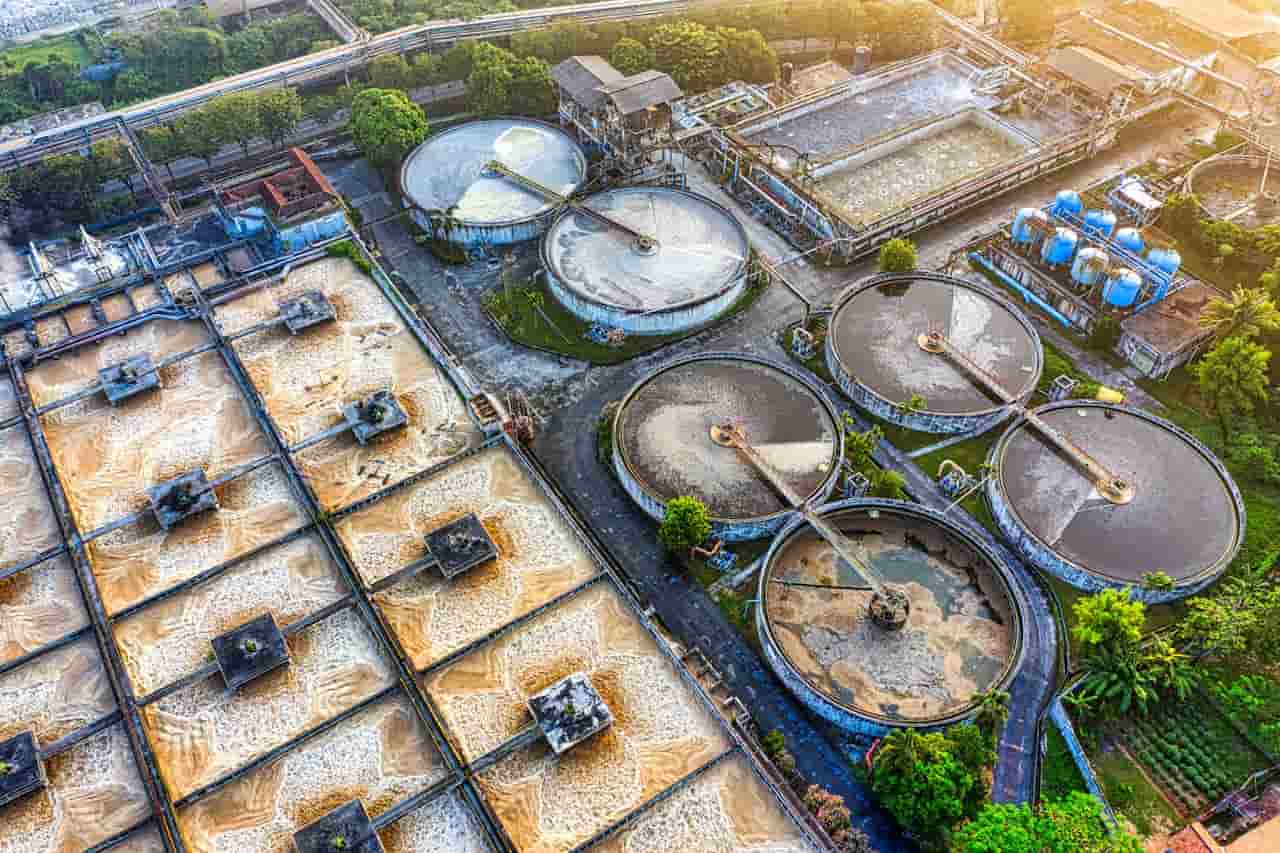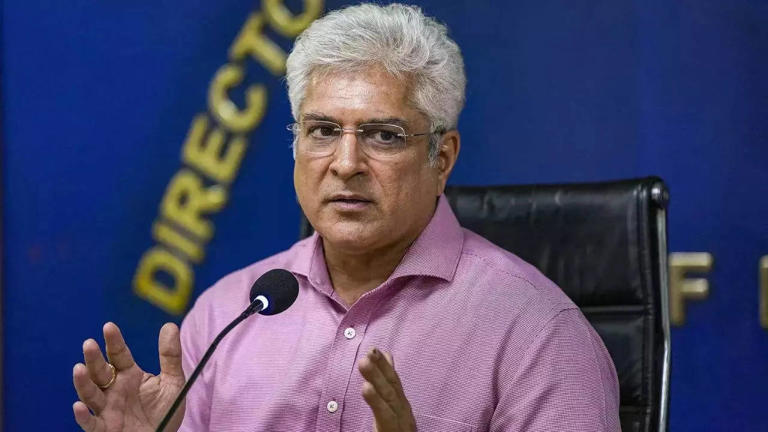Home / science / 2024: NASA Armstrong Gears Up for Future Innovations in Aerospace
2024: NASA Armstrong Gears Up for Future Innovations in Aerospace
By: My India Times
2 minutes read 31Updated At: 2024-12-24
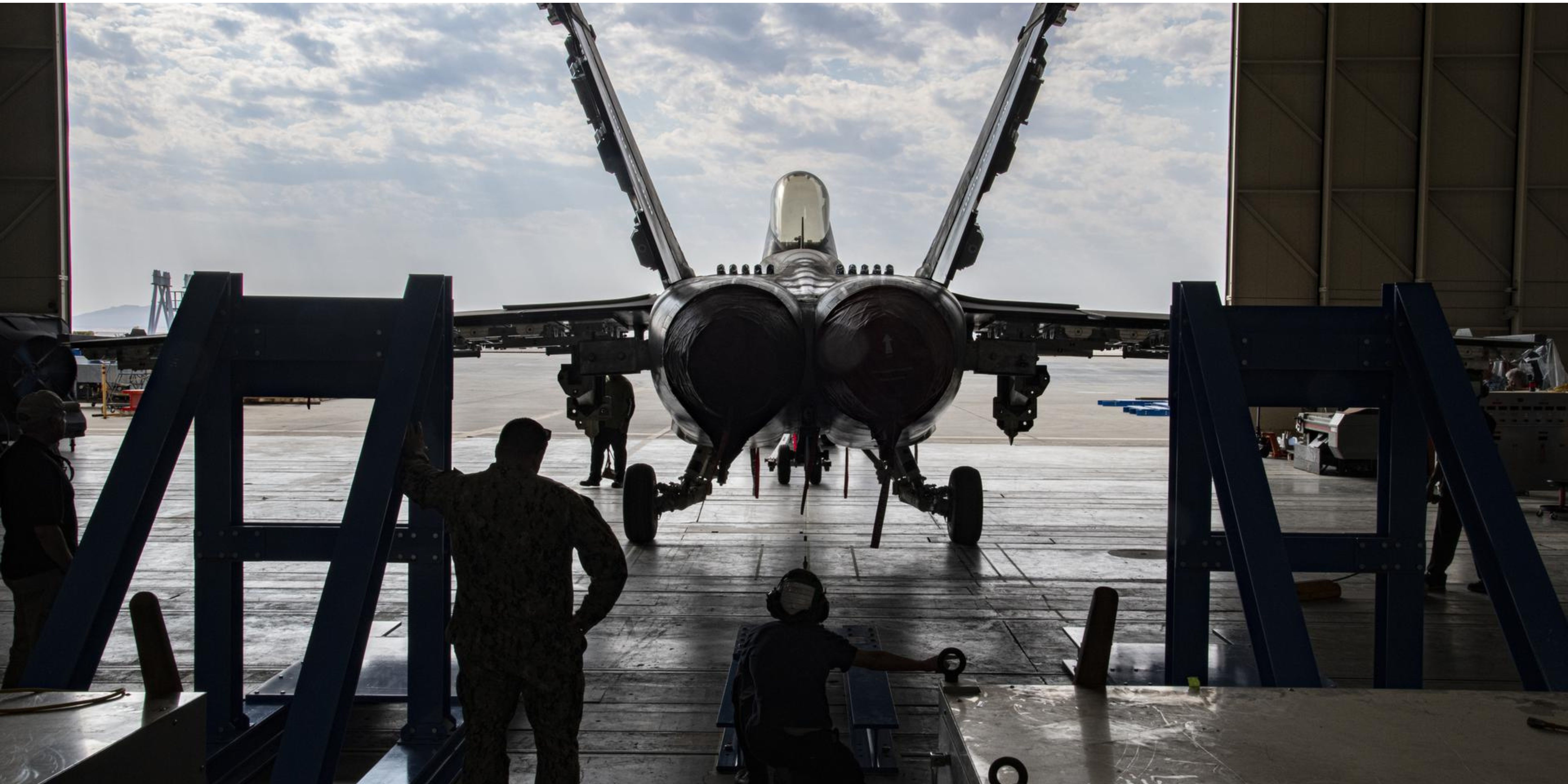
NASA’s Armstrong Flight Research Center, based in Edwards, California, is setting the stage for groundbreaking aerospace research and development in 2024. With a focus on innovation, sustainability, and global collaboration, the center is preparing for a year of transformative advancements in aviation and atmospheric studies.
X-59: Quiet Supersonic Revolution
One of Armstrong’s most anticipated projects is the X-59 Quiet Supersonic Research Aircraft. This experimental aircraft aims to solve one of the biggest challenges of supersonic travel: the sonic boom. By reducing the boom to a gentle “thump,” the X-59 could make supersonic flights over land a reality, significantly cutting travel times between cities.
NASA plans to conduct test flights and engage with communities across the U.S. to gather public feedback on the reduced noise levels. If successful, the X-59 could lay the foundation for future commercial supersonic aviation.
Tackling Air Quality on a Global Scale
In collaboration with international partners, NASA Armstrong is taking a leading role in studying global air quality. Using advanced atmospheric probes, researchers are collecting vital data across Asia and other regions to understand the impact of pollution on the environment.
The findings from these studies will play a critical role in shaping policies to combat air pollution and improve the quality of life worldwide.
Next-Gen Aircraft: X-66 Takes Flight
NASA, in partnership with Boeing, is developing the X-66, an eco-friendly aircraft designed to reduce emissions and fuel consumption. This project aligns with global efforts to make air travel more sustainable.
The X-66 is part of NASA’s broader Sustainable Flight Demonstrator project, which seeks to revolutionize the aviation industry by introducing greener technologies that can be adopted by commercial airlines in the near future.
Innovations in Atmospheric Research
Armstrong’s researchers are also making strides in atmospheric science. Recent test flights of new atmospheric probes have shown promising results, with the potential to improve weather prediction models and deepen our understanding of climate change.
These probes are designed to gather real-time data from various altitudes, providing crucial insights into Earth’s atmospheric dynamics and helping scientists predict extreme weather events more accurately.
Fostering the Next Generation of Innovators
NASA Armstrong is not just about research—it’s also about inspiring the future. The center is collaborating with universities and educational institutions to provide hands-on experience for students in aerospace research. These programs aim to nurture the next generation of scientists, engineers, and innovators who will carry forward NASA’s mission.
A Vision for the Future
NASA’s plans for 2024 extend beyond Earth’s atmosphere. The agency is accelerating its efforts in space exploration, from developing new satellite technologies to expanding missions aboard the International Space Station.
The Armstrong Flight Research Center continues to be at the forefront of aerospace innovation, combining cutting-edge technology with a commitment to sustainability and collaboration. As 2024 unfolds, NASA’s work promises to reshape the future of aviation, space exploration, and Earth science for generations to come.
....NASA’s Armstrong Flight Research Center, based in Edwards, California, is setting the stage for groundbreaking aerospace research and development in 2024. With a focus on innovation, sustainability, and global collaboration, the center is preparing for a year of transformative advancements in aviation and atmospheric studies.
X-59: Quiet Supersonic Revolution
One of Armstrong’s most anticipated projects is the X-59 Quiet Supersonic Research Aircraft. This experimental aircraft aims to solve one of the biggest challenges of supersonic travel: the sonic boom. By reducing the boom to a gentle “thump,” the X-59 could make supersonic flights over land a reality, significantly cutting travel times between cities.
NASA plans to conduct test flights and engage with communities across the U.S. to gather public feedback on the reduced noise levels. If successful, the X-59 could lay the foundation for future commercial supersonic aviation.
Tackling Air Quality on a Global Scale
In collaboration with international partners, NASA Armstrong is taking a leading role in studying global air quality. Using advanced atmospheric probes, researchers are collecting vital data across Asia and other regions to understand the impact of pollution on the environment.
The findings from these studies will play a critical role in shaping policies to combat air pollution and improve the quality of life worldwide.
Next-Gen Aircraft: X-66 Takes Flight
NASA, in partnership with Boeing, is developing the X-66, an eco-friendly aircraft designed to reduce emissions and fuel consumption. This project aligns with global efforts to make air travel more sustainable.
The X-66 is part of NASA’s broader Sustainable Flight Demonstrator project, which seeks to revolutionize the aviation industry by introducing greener technologies that can be adopted by commercial airlines in the near future.
Innovations in Atmospheric Research
Armstrong’s researchers are also making strides in atmospheric science. Recent test flights of new atmospheric probes have shown promising results, with the potential to improve weather prediction models and deepen our understanding of climate change.
These probes are designed to gather real-time data from various altitudes, providing crucial insights into Earth’s atmospheric dynamics and helping scientists predict extreme weather events more accurately.
Fostering the Next Generation of Innovators
NASA Armstrong is not just about research—it’s also about inspiring the future. The center is collaborating with universities and educational institutions to provide hands-on experience for students in aerospace research. These programs aim to nurture the next generation of scientists, engineers, and innovators who will carry forward NASA’s mission.
A Vision for the Future
NASA’s plans for 2024 extend beyond Earth’s atmosphere. The agency is accelerating its efforts in space exploration, from developing new satellite technologies to expanding missions aboard the International Space Station.
The Armstrong Flight Research Center continues to be at the forefront of aerospace innovation, combining cutting-edge technology with a commitment to sustainability and collaboration. As 2024 unfolds, NASA’s work promises to reshape the future of aviation, space exploration, and Earth science for generations to come.
By: My India Times
Updated At: 2024-12-24
Tags: science News | My India Times News | Trending News | Travel News
Join our WhatsApp Channel






















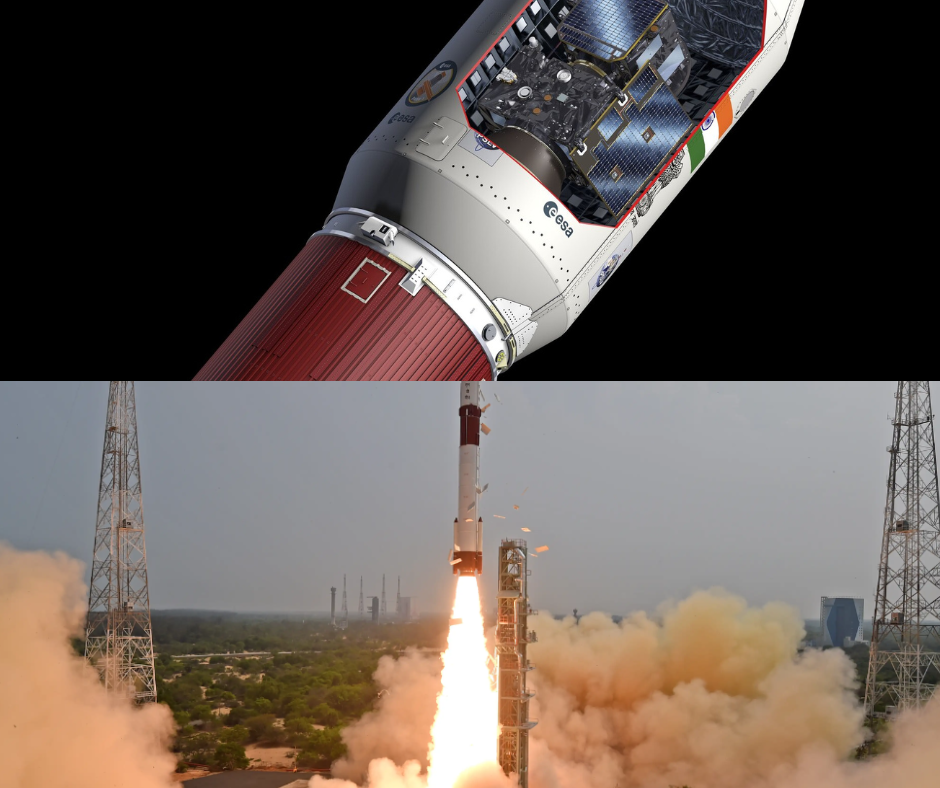



















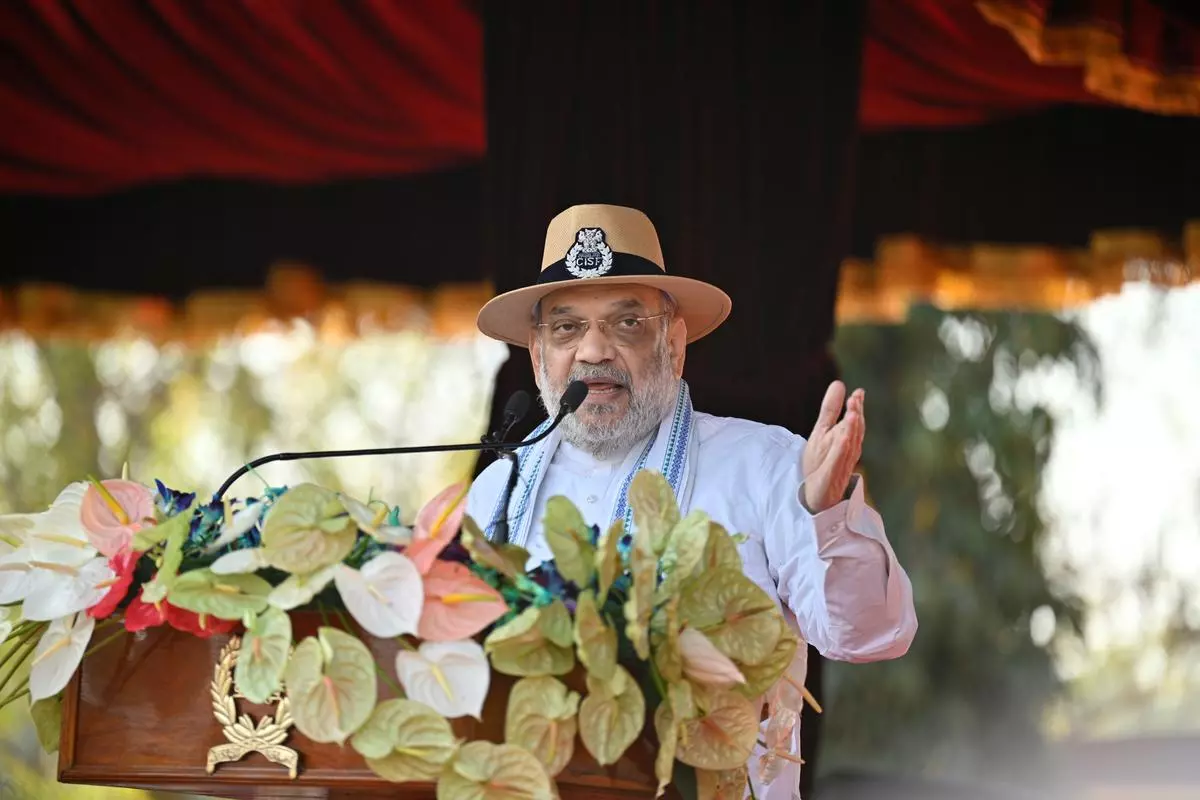






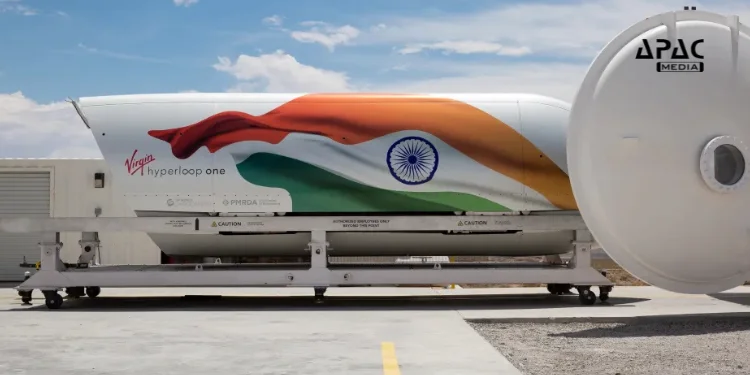













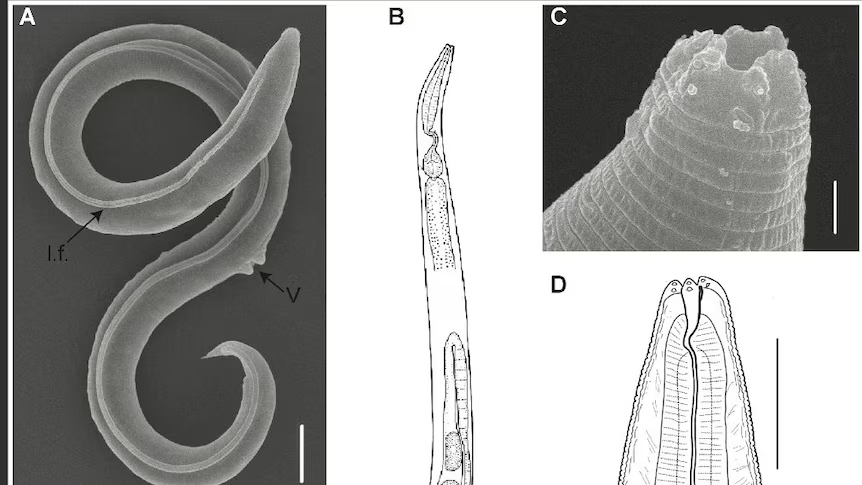


















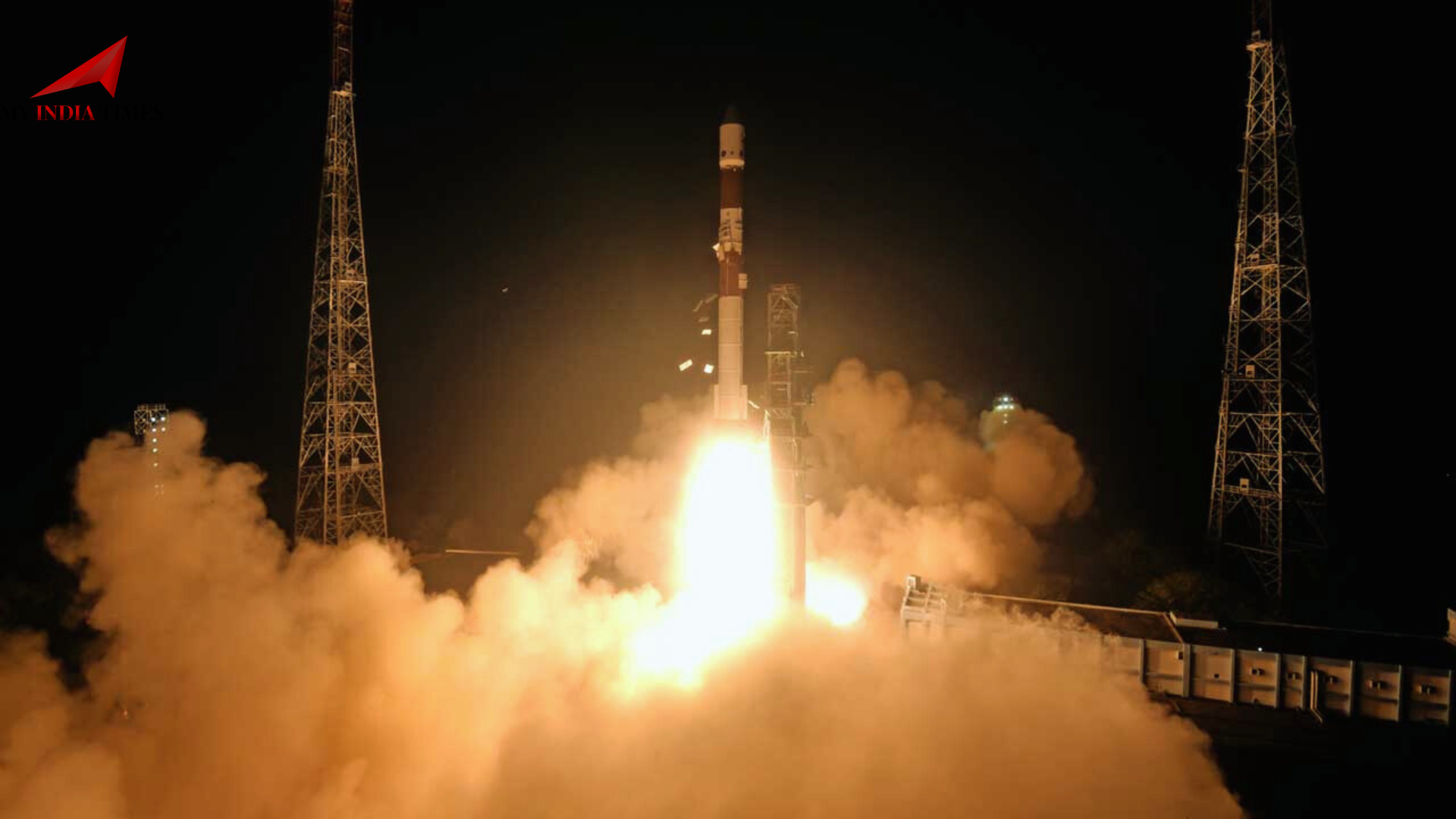





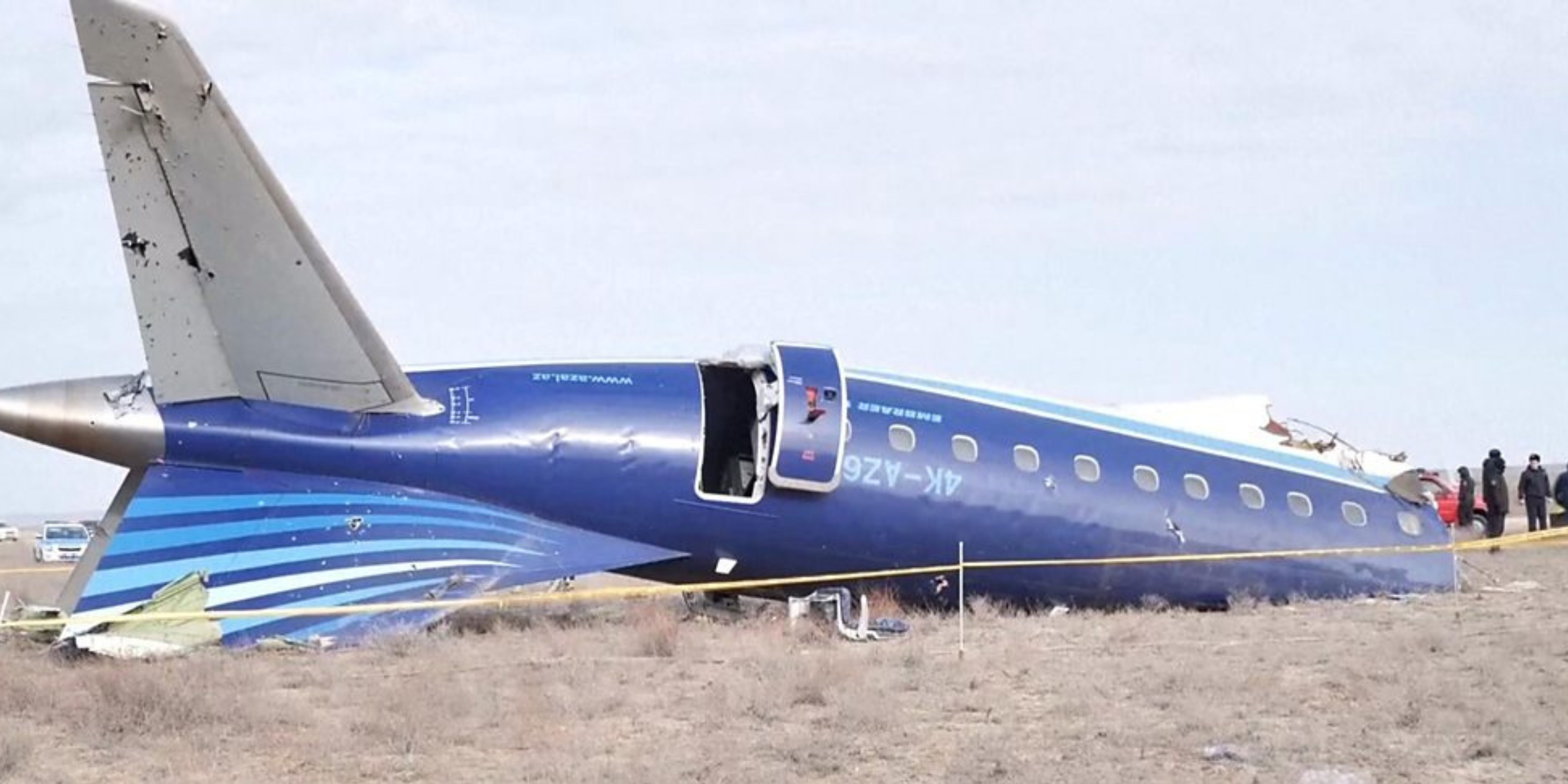









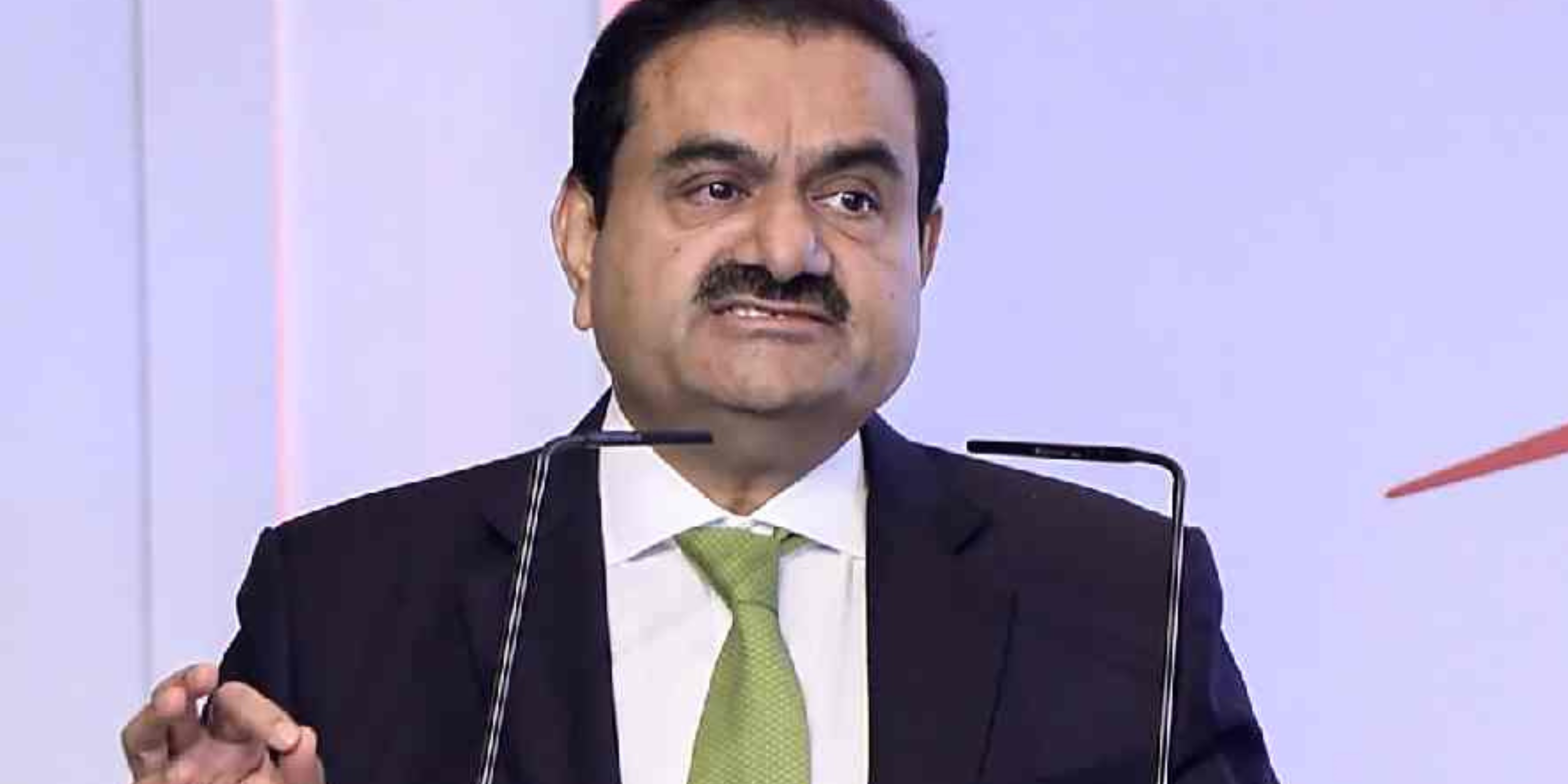



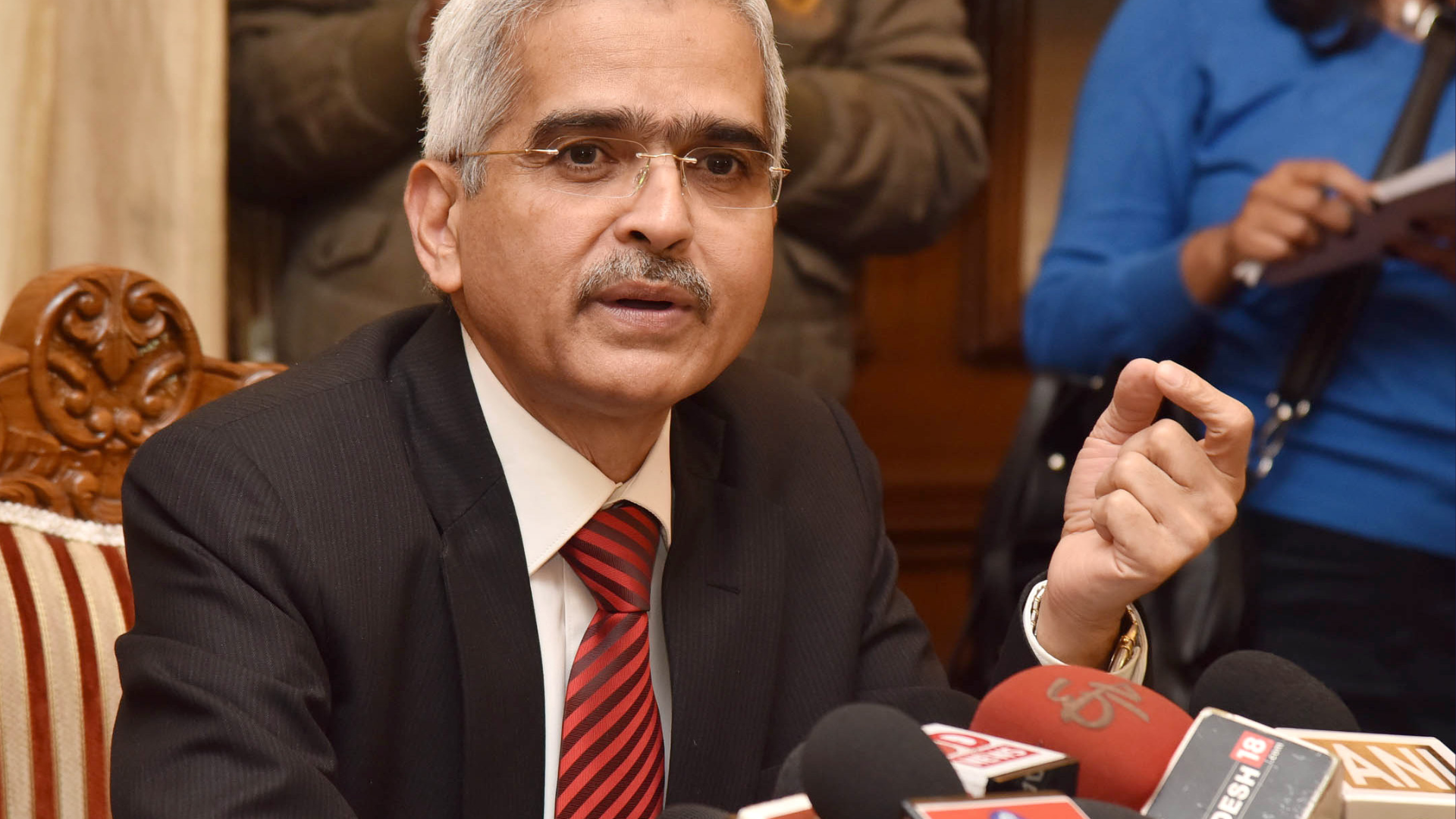







.png)
 (1).png)
